Which Best Defines Residual Risk?
Which best defines residual risk?. In other words it is the degree of exposure to a potential hazard even after that hazard has been identified and the agreed upon mitigation has been implemented. Inherent risk represents the amount of risk that exists in the absence of controls. Another personal example will.
The PMBOK Guide defines residual risks as those risks that are expected to remain after the planned response of risk has been taken as well as those that have been deliberately accepted. Residual risk is defined as the threat that remains after every effort has been made to identify and eliminate risks in a given situation. All risks are scored.
Here are the standard definitions of the two concepts. Which is best defined as the ability of a system to continue operations despite a failure. Risk Scoring example for Impact and Likelihood or Probability Control Scoring Guide for Design and Performance.
Residual risks are the leftover risks the minor risks that remain. According to ISO 27001 residual risk is the risk remaining after risk treatment. Here is how it works.
Residual risk is the risk that remains after you have treated risks. Risks that still remain after implementing a risk response Upvote 1 Downvote 0 Reply 0. Whenever the management team has identified the raw risks or inherent risks of certain operations or processes countermeasures may.
You can also think of residual risk as inherent risk that has been covered with a net. Residual Risk Definition Residual risk refers to the amount of risks that are left after efforts to eradicate the risks have been done. Which of the following best describes a Monte Carlo simulation.
Closely interwoven with inherent risk residual risk can serve as justification for the time and resources required to support your recovery needs. It is difficult to completely eliminate risk and normally there is a residual risk.
All risks are scored.
Which best defines residual risk. Option-C is answer ie. Risk management involves treating risks meaning that a choice is made to avoid reduce transfer or accept each individual risk. From Wikipedia the free encyclopedia The residual risk is the amount of risk or danger associated with an action or event remaining after natural or inherent risks have been reduced by risk controls. Which is best defined as the ability of a system to continue operations despite a failure. The amount of risk remaining after countermeasures are implemented. Residual Risk Scoring Matrix. The general formula to calculate residual risk is. Risk Scoring example for Impact and Likelihood or Probability Control Scoring Guide for Design and Performance.
In other words it is the degree of exposure to a potential hazard even after that hazard has been identified and the agreed upon mitigation has been implemented. It is difficult to completely eliminate risk and normally there is a residual risk. Risk management involves treating risks meaning that a choice is made to avoid reduce transfer or accept each individual risk. Which is best defined as the ability of a system to continue operations despite a failure. Residual Risk Scoring Matrix. The assessment of risks assumes that controls which fail to perform or are not in place therefore leaving the risk unmitigated introduce the concept of inherent or gross risk. From Wikipedia the free encyclopedia The residual risk is the amount of risk or danger associated with an action or event remaining after natural or inherent risks have been reduced by risk controls.
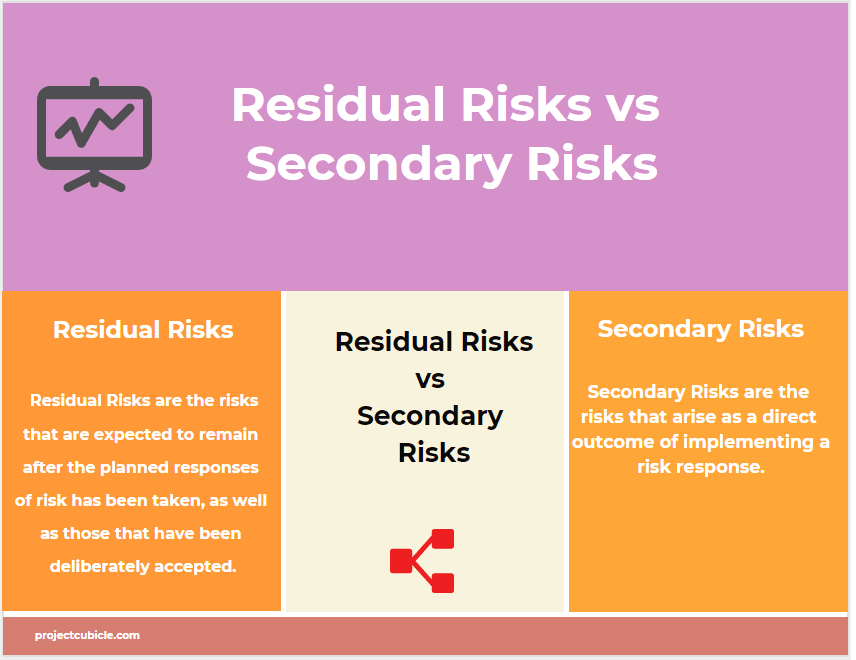

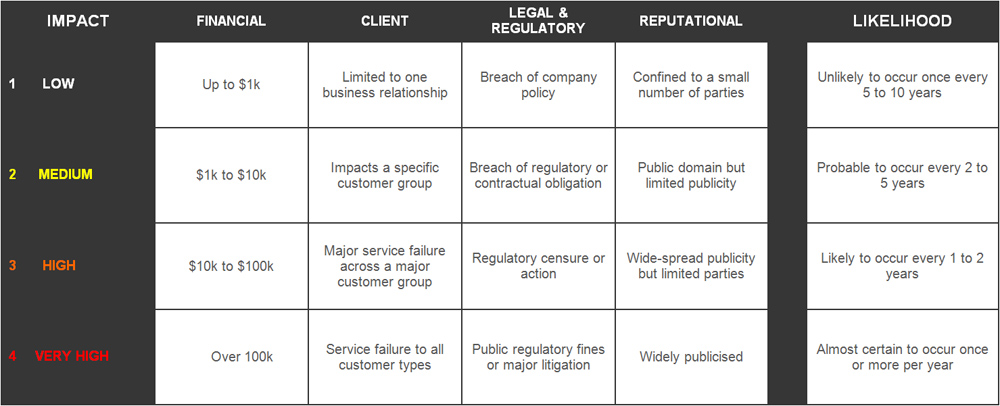
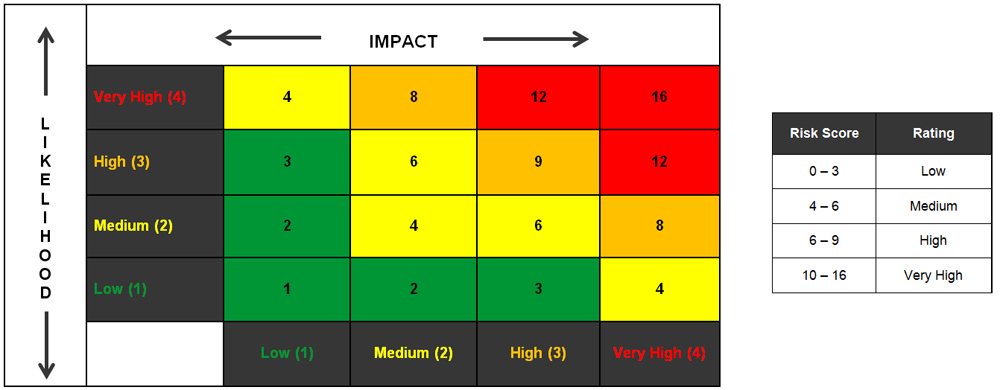
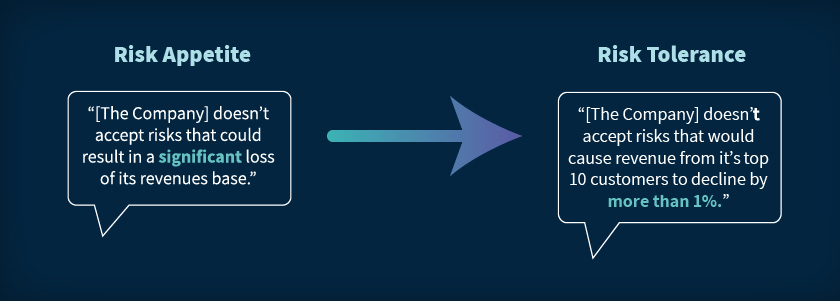


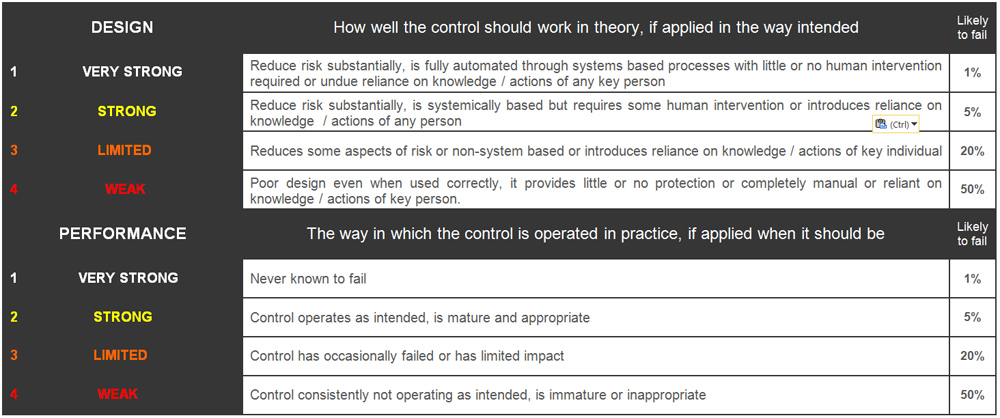

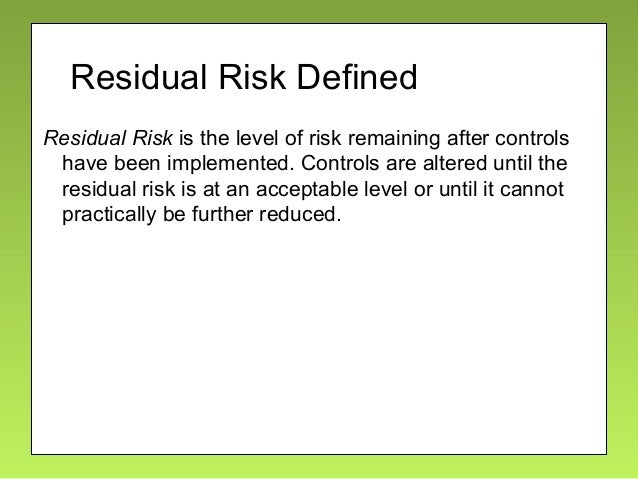


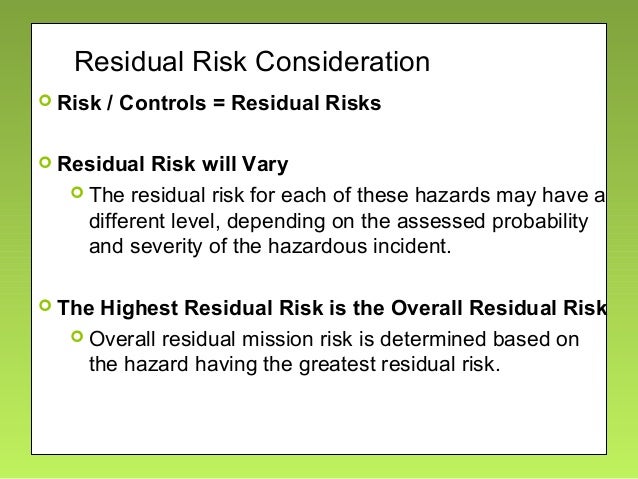


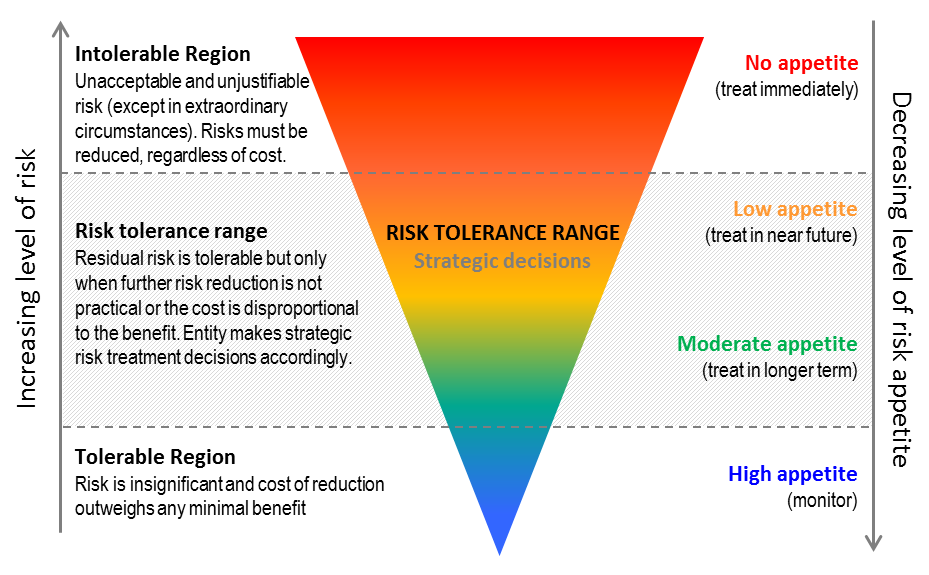

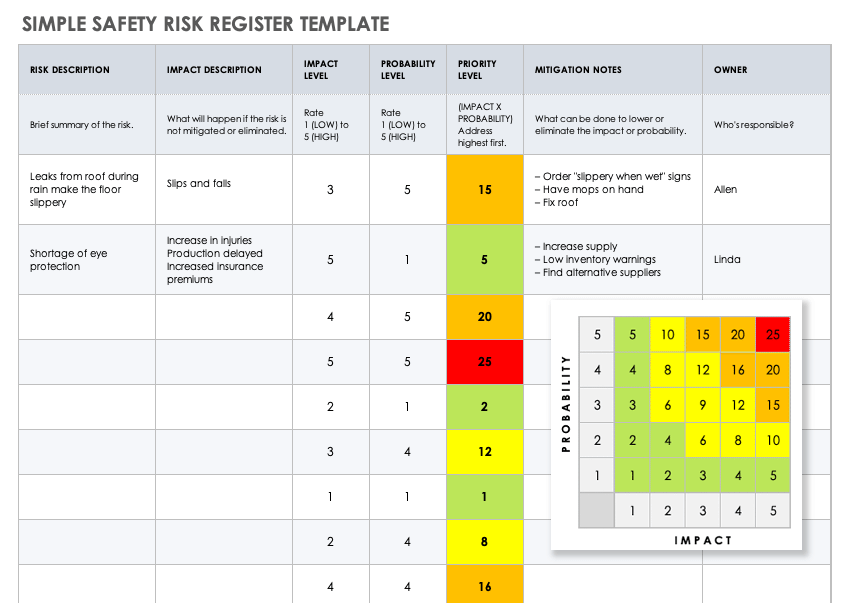

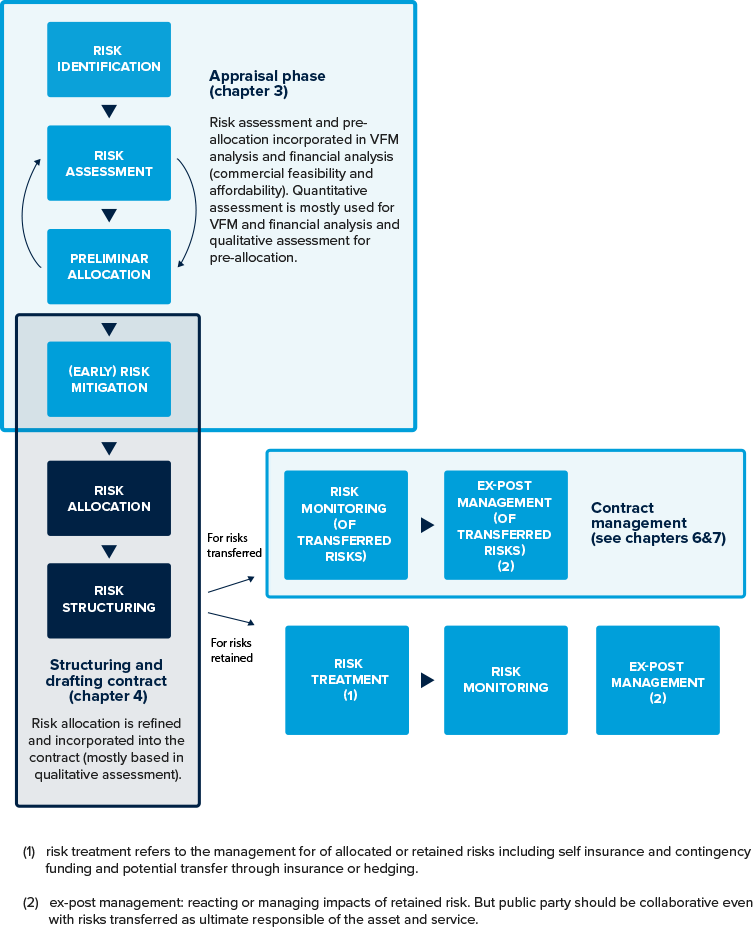

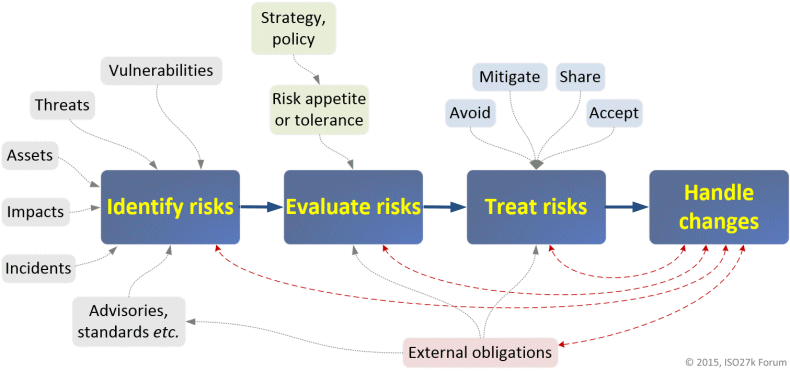



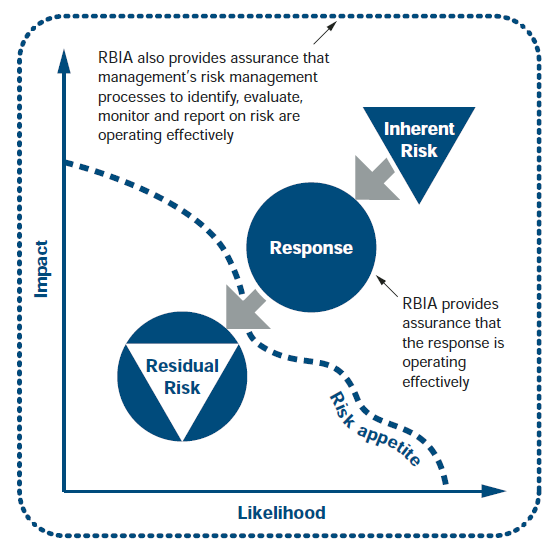






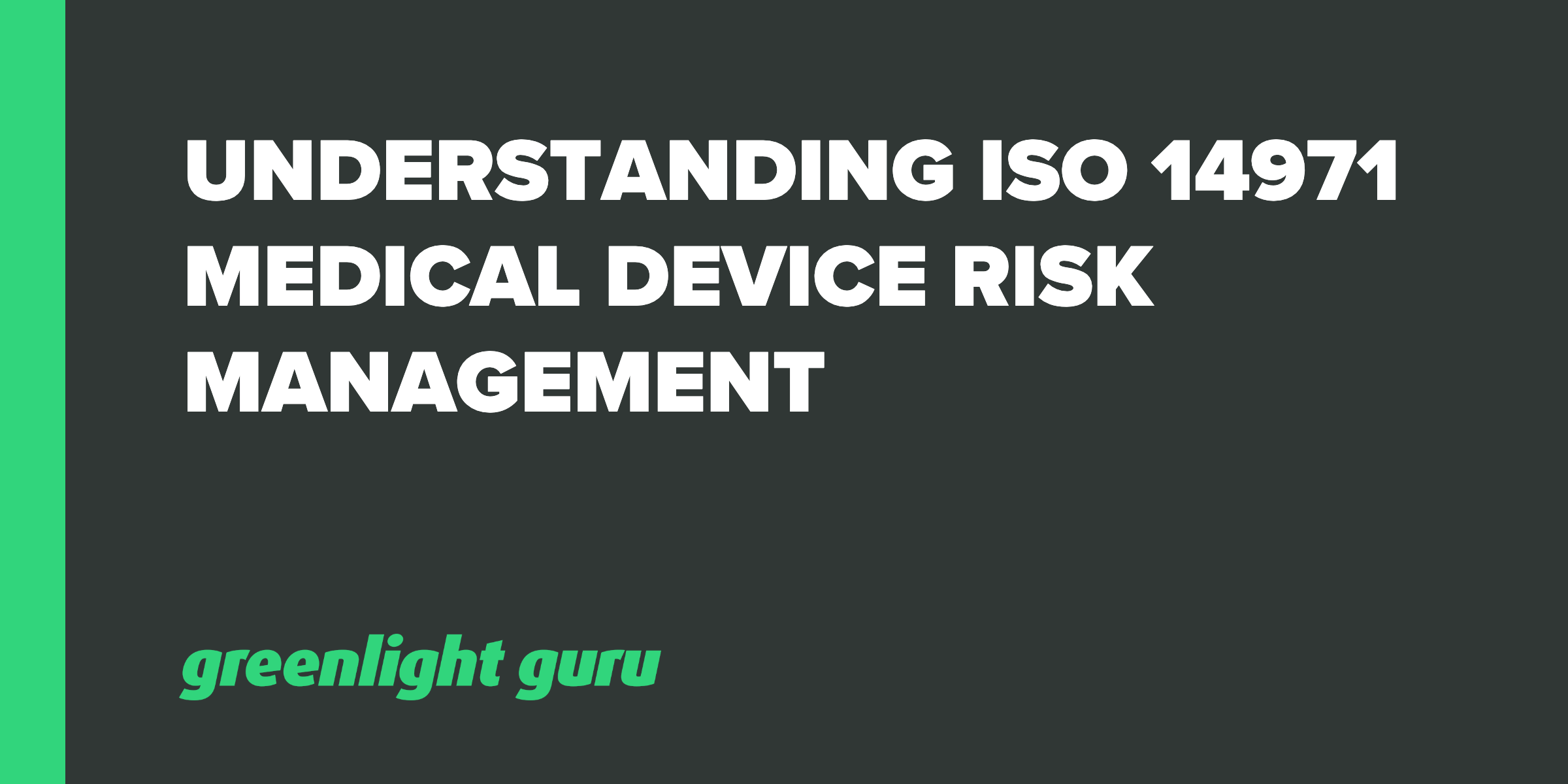
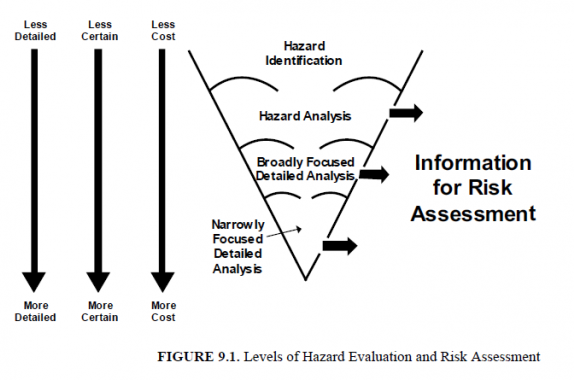






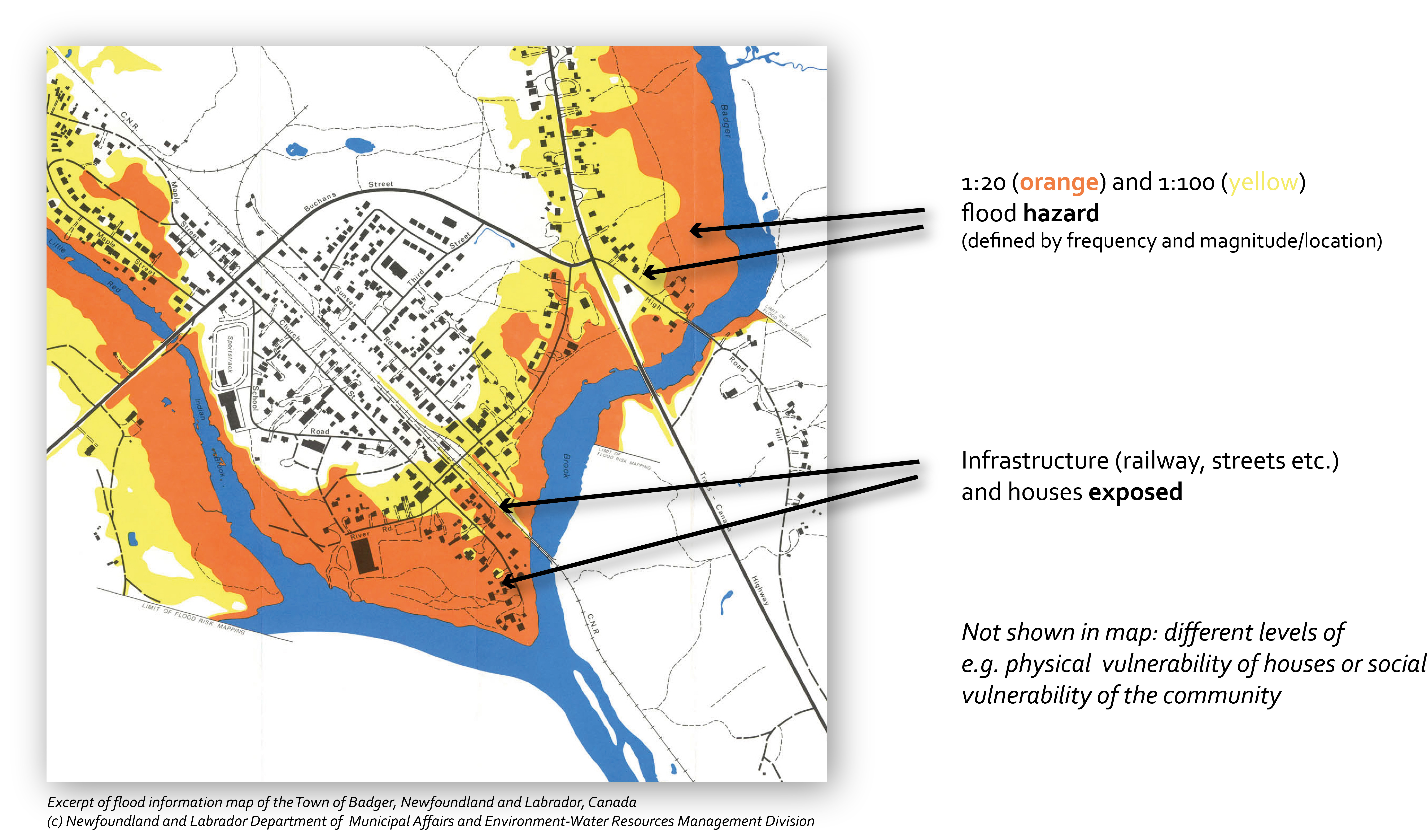
Post a Comment for "Which Best Defines Residual Risk?"